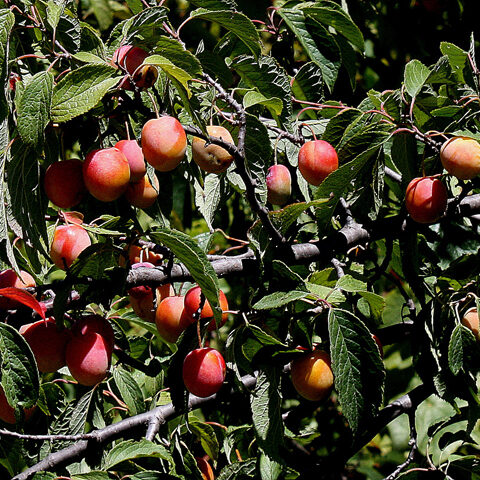Callery Pear, Pyrus calleryana, is a deciduous tree that can grow up to 60 feet. Native to East Asia, the Callery Pear (sometimes called the Bradford Pear) was widely planted as ornamental trees in the 1900's.
Why does this matter?
The Callery Pear competes with native early successional trees. They are found along roadways, old fields, and can tolerate a range of soil conditions. They cannot self-pollinate, and rely on birds to spread their seeds. Callery Pears are the trees that smell strangely (like rotting meat) during spring. Another reason the Callery Pear is a nuisance is its relationship with the European Starling, another invasive species. Starlings congregate in the trees and aids in the spread of their seeds. Starlings are problematic to farmers, as they purge crops, damage fruit trees, and drain livestock feed. Named Kentucky's Least Wanted Plant of 2009.
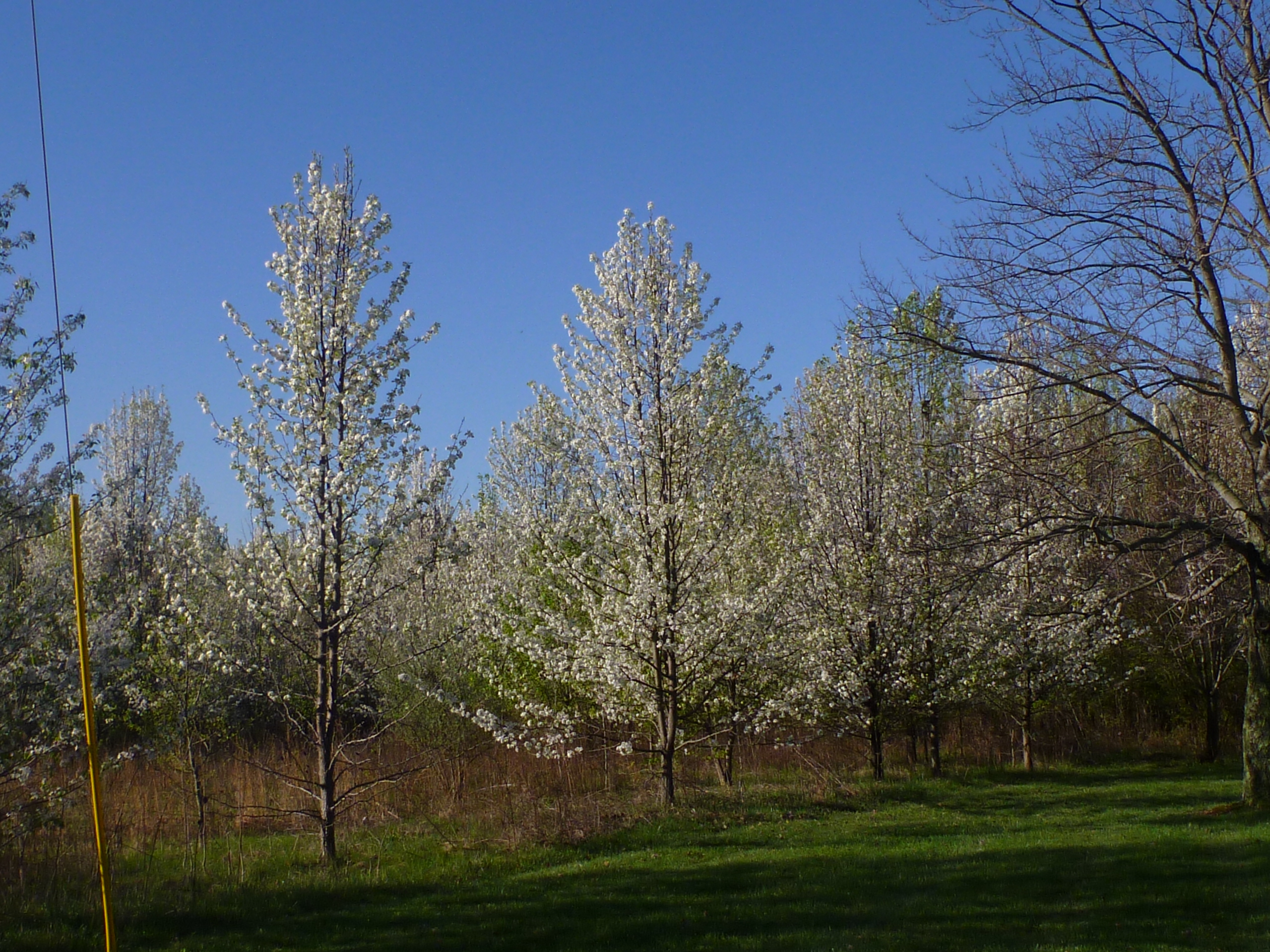
How are we managing it?
By uprooting it every chance we get!
- Manually, or by hand. Seedlings and shallow rooted trees can be easily pulled when the soil is moist. The removal of its roots is key. Another option is to girdle the tree or cut the tree down completely.
- Chemically, through triclopyr or glyphosate herbicide.
- Prescribed burning.
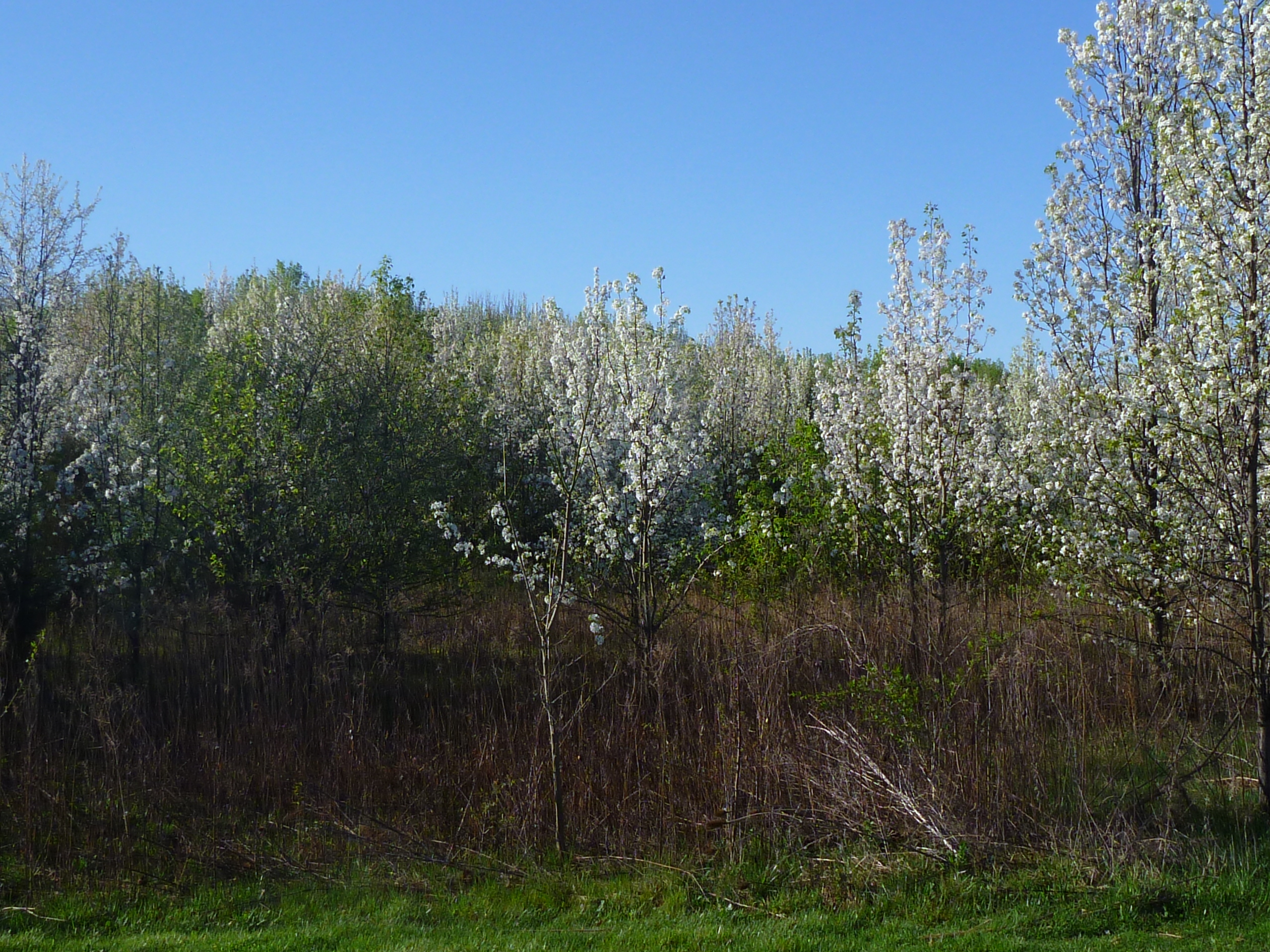
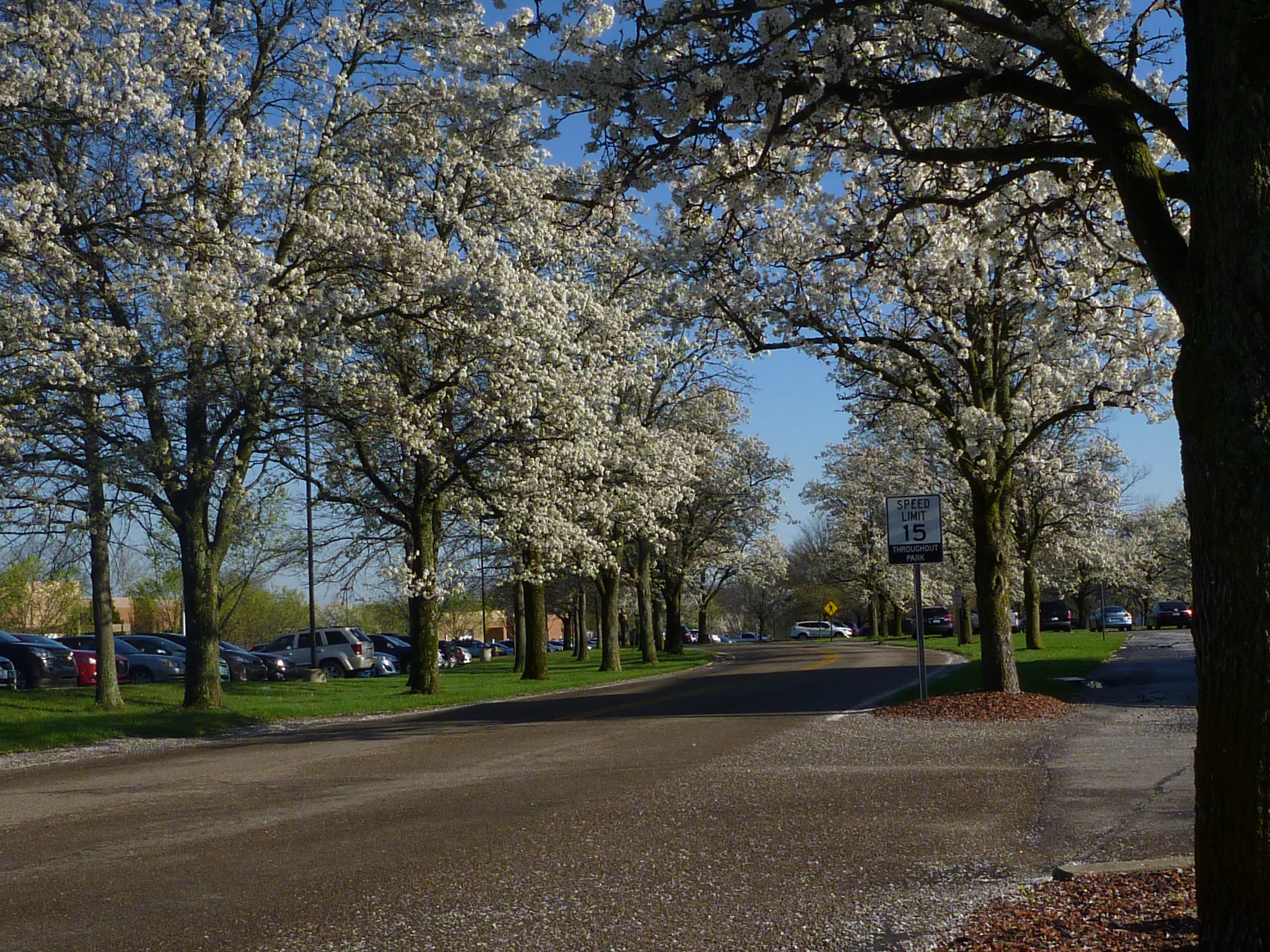
Native Alternatives
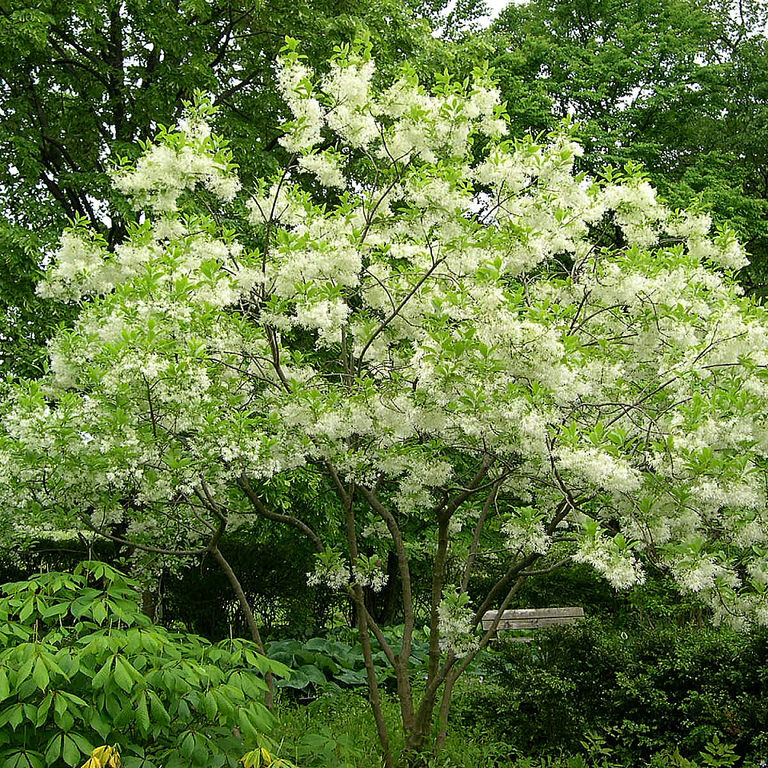
Fringetree
Chionanthus virginicus
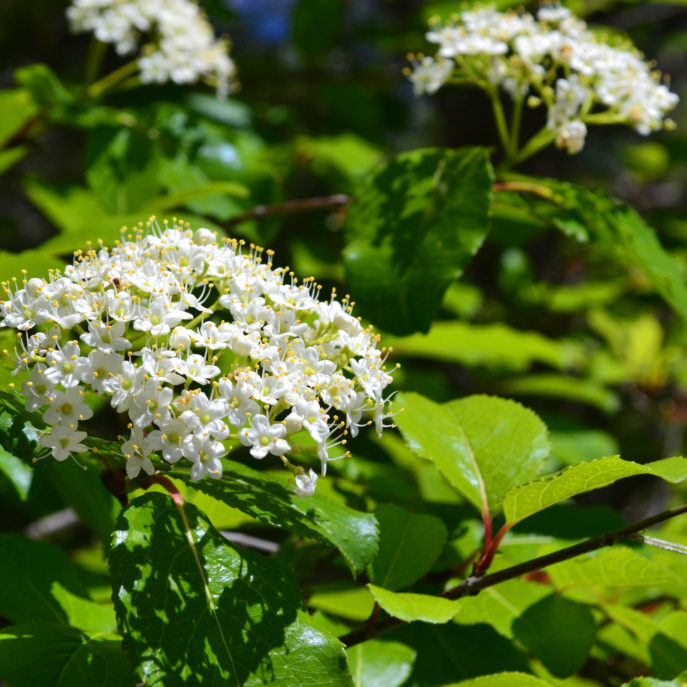
Rusty Blackhaw
Viburnum rufidulum
